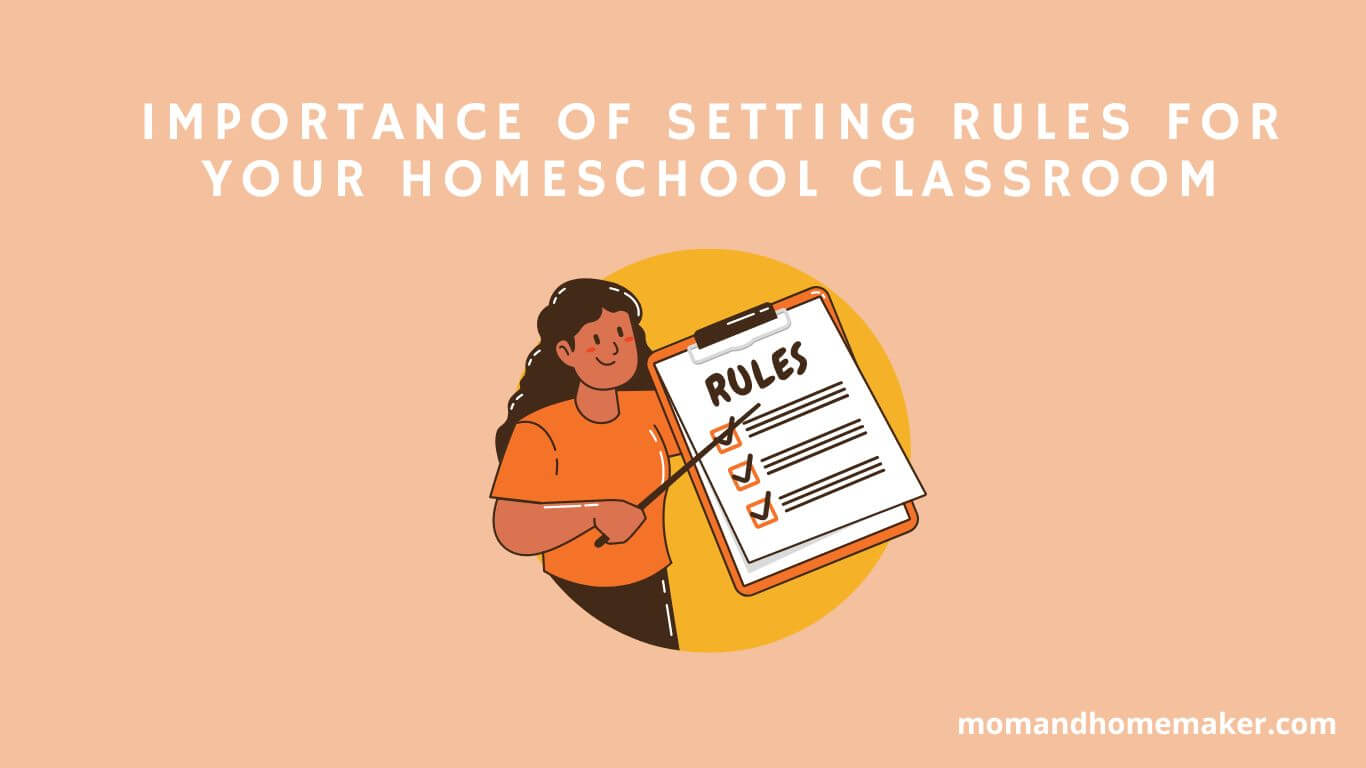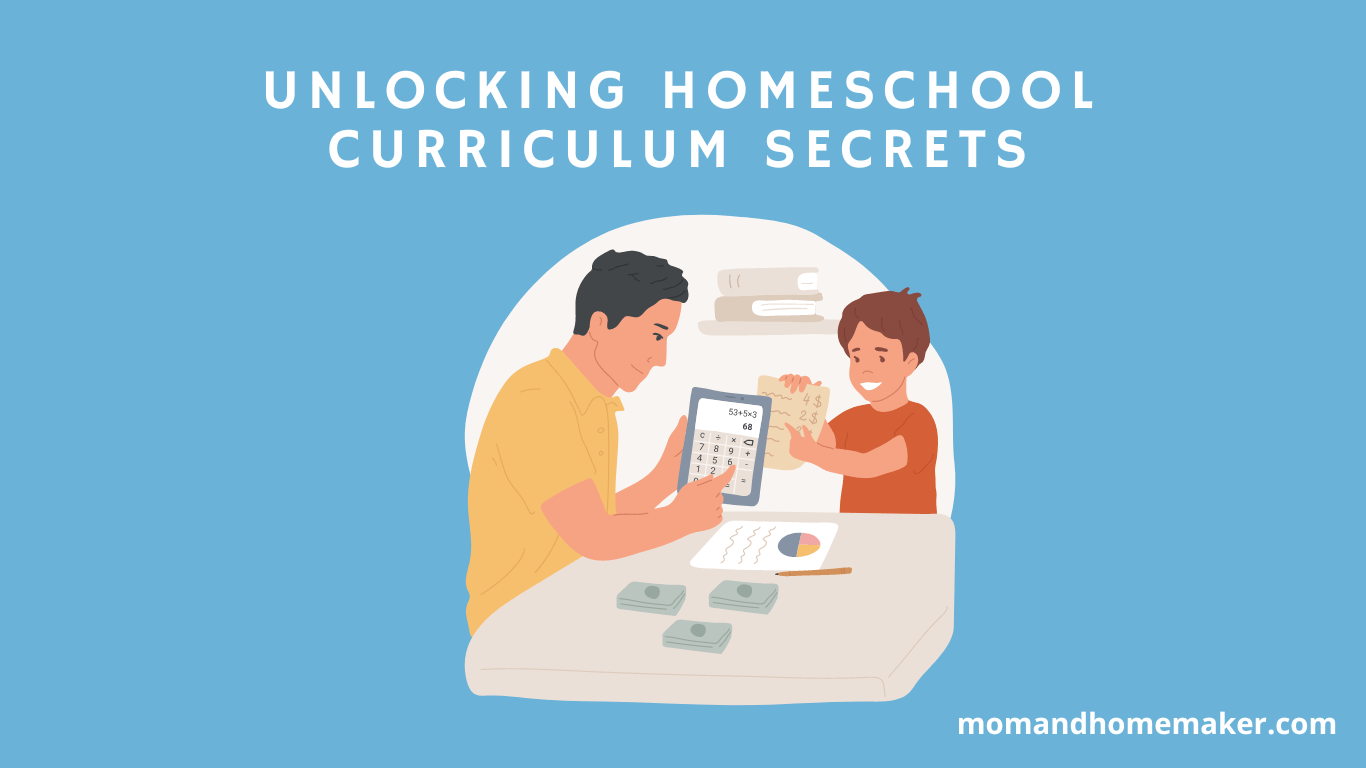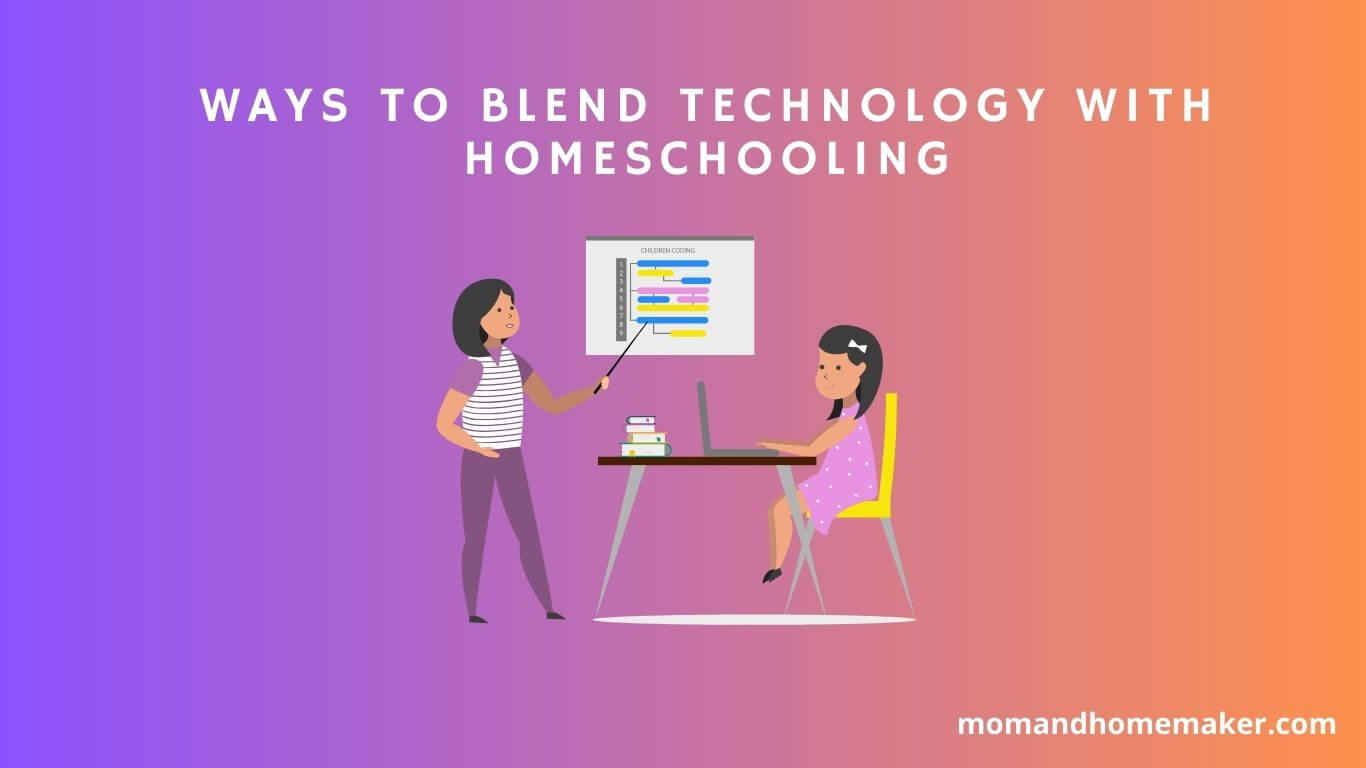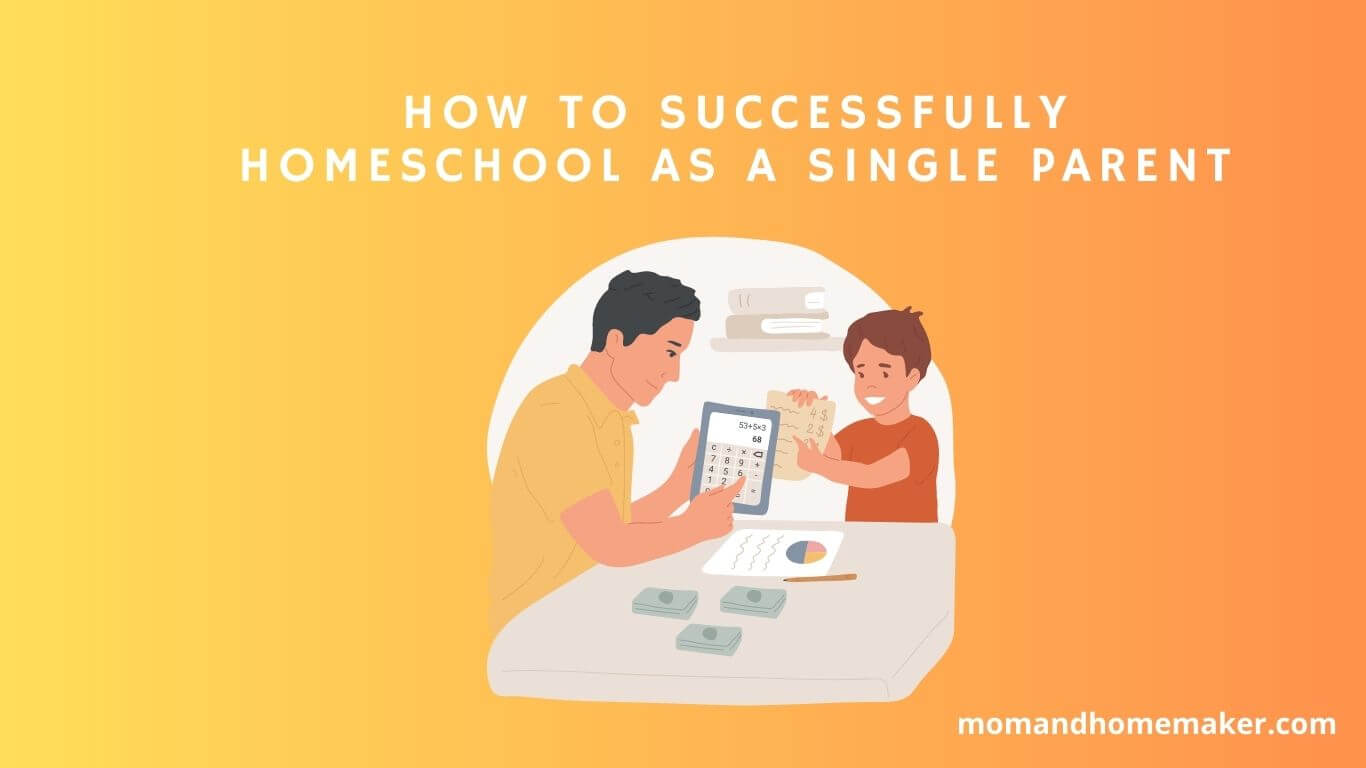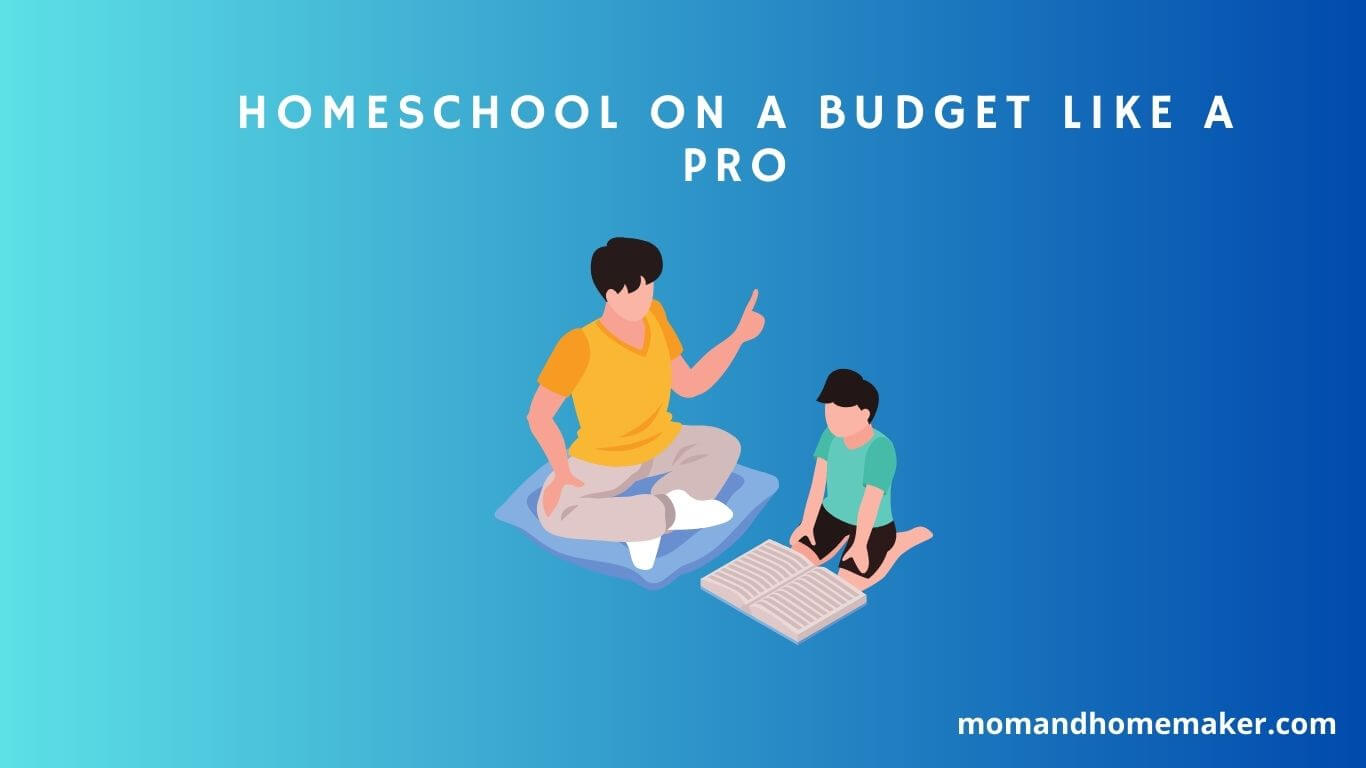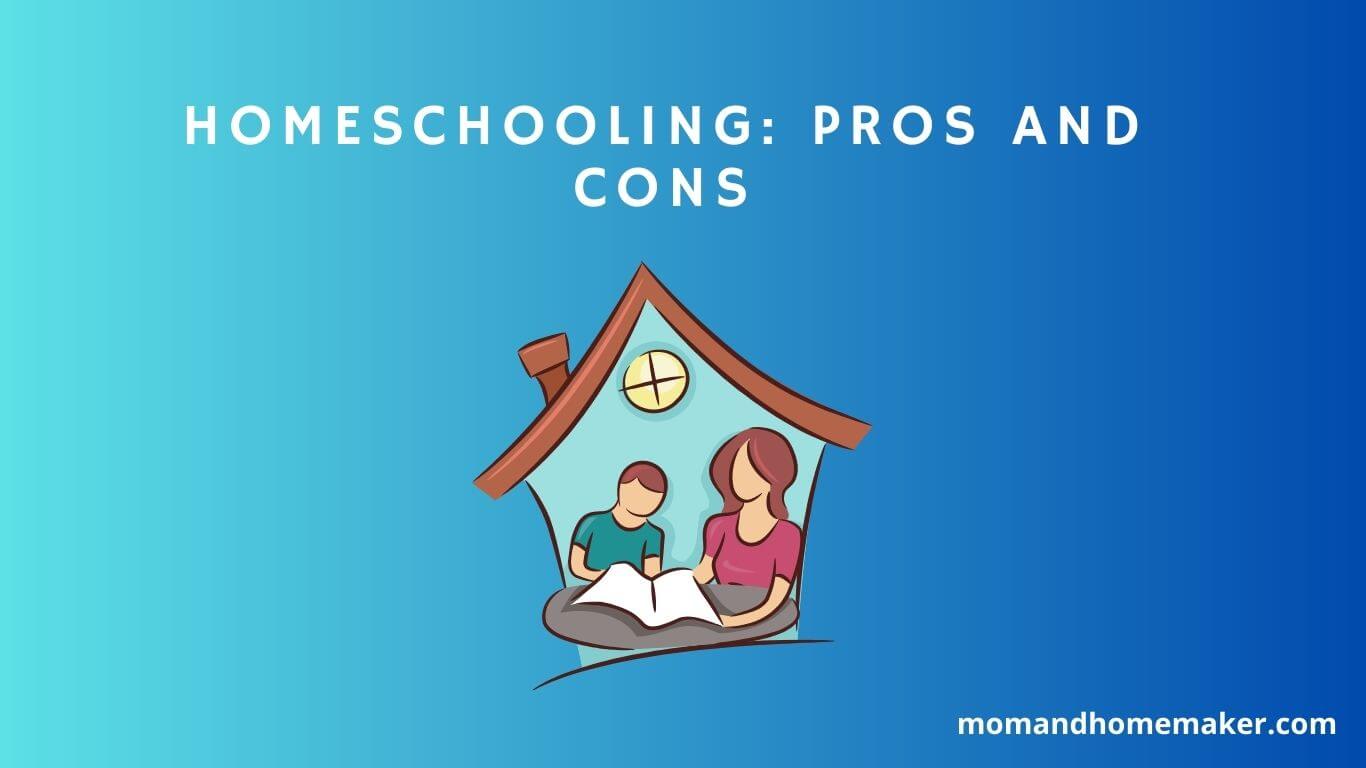You have the freedom to create your own curriculum and teaching style. You can choose what subjects to teach, when to teach them, and how to teach them. But with great power comes great responsibility, and without rules, chaos can ensue.
For example, your child is supposed to be working on their math assignment while you work with another child on reading. Instead, they’re playing video games or chatting with friends online. Meanwhile, the child you’re working with is distracted by the noise and commotion.
The scenario above is all too familiar for many homeschool parents who have not set clear rules for their classrooms. From creating a productive learning environment to instilling important life skills, we’ll discuss how establishing expectations and consequences can benefit everyone involved.
Table of Contents
12 Importance of Setting Rules for Homeschool Classroom
1. Establishing Clear Expectations
When it comes to homeschooling, setting clear expectations is crucial for a successful learning environment. As a homeschool teacher and parent, I have found that collaborative planning with my children has been the key to establishing these expectations. By involving them in the process, they feel more invested in their education and are more likely to follow the rules set in place.
Parent communication is also essential in establishing clear expectations. By communicating regularly with other parents who homeschool their children, we can learn from each other’s experiences and create a unified approach that supports each child’s learning needs.
Overall, by involving students and communicating with other parents, we can create an environment that fosters positive behavior and academic success.
2. Defining Appropriate Behavior
It is important to model the behavior you expect from your children and define what is age-appropriate behavior. Children learn by example, so if you want them to be respectful, honest, and responsible individuals, you must exhibit those same qualities in your own actions.
When defining appropriate behavior for different ages, consider their developmental stages and adjust your expectations accordingly. Younger children may need more guidance and reminders about rules while older children should be able to understand their responsibilities better. However, no matter their age, consistency in enforcement is key.
If you let certain behaviors slide one day but enforce them strictly the next, it can create confusion and frustration for everyone involved. Modeling good behavior and holding everyone accountable consistently will help create a peaceful learning environment where everyone can thrive.
3. Setting Reasonable Consequences
I know what you might be thinking, ‘But isn’t setting consequences going to make my homeschool classroom too strict?’ Trust me, that’s not the case. Effective discipline is not about being harsh or overbearing. It’s about giving your child clear expectations and understanding the consequences of their actions.
By setting reasonable consequences, you’ll actually create a more positive learning environment because your child will understand what is expected of them and what happens when they don’t meet those expectations.
Here are three examples of how parental involvement in behavior modification can positively impact your homeschool classroom:
- When a child knows that their parent cares enough to set boundaries and enforce them, they feel more secure and loved.
- Setting reasonable consequences helps children learn self-discipline and responsibility for their actions.
- Your child will appreciate knowing what is expected of them and what the consequences are if they fail to meet those expectations.
Creating a positive learning environment is key to successful homeschooling, but it doesn’t happen overnight. In the next section, we’ll explore some practical steps you can take to cultivate a positive atmosphere in your homeschool classroom.
4. Creating A Positive Learning Environment
Setting reasonable consequences is crucial in maintaining a well-functioning homeschool classroom. However, it’s equally important to create boundaries that promote accountability and responsibility. As a homeschool teacher, you have the unique opportunity to establish rules that cater to your child’s individual needs and learning style.
Creating boundaries can be as simple as establishing clear expectations for behavior and academic performance. This can be achieved by utilizing a behavior chart or setting up a points system that rewards positive behavior. Fostering accountability and promoting responsibility means giving your child the tools they need to succeed independently. By allowing them to take ownership of their education, they’ll develop important life skills such as time management, organization, and problem-solving.
| Creating Boundaries | Fostering Accountability | Promoting Responsibility |
|---|---|---|
| Establish clear expectations | Encourage self-reflection | Allow for mistakes |
| Use behavior charts or point systems | Teach time management skills | Provide opportunities for independent learning |
| Consistency is key | Set goals together | Encourage problem-solving |
By incorporating these strategies into your homeschool routine, you’ll not only create a positive learning environment but also encourage independent learning. Remember that every child learns differently, so don’t be afraid to tailor your approach accordingly. With patience, consistency, and open communication with your child, you’ll set them up for success both inside and outside of the classroom.
5. Encouraging Independent Learning
One way to encourage independent learning is through time management. Teach your child how to prioritize tasks and allocate time for each one. This skill will not only benefit them in their academic career but also in their personal life. Setting goals is another important aspect of independent learning. Help your child set realistic goals that are achievable within a specific timeframe. This will give them a sense of purpose and direction.
Self-motivation is crucial for independent learning. Encourage your child to find intrinsic motivation by setting up rewards for themselves after completing a task or reaching a goal.
Establishing regular schedules is the next step toward encouraging independent learning. By having a consistent routine, your child will know what is expected of them and when. This will eliminate any confusion or last-minute cramming sessions.
Stick to the schedule as much as possible but be flexible when necessary. Remember that this schedule is meant to benefit your child’s education and not cause added stress or pressure. With these skills in place, your child will not only excel academically but also develop valuable life skills that they can carry into adulthood.
6. Establishing Regular Schedules
When it comes to homeschooling, one of the most challenging aspects is creating a regular schedule. Consistency vs flexibility is a constant battle, but finding the right balance can yield significant benefits for both you and your children.
While some families thrive in a flexible environment, others require more structure to stay focused and motivated. One of the biggest benefits of establishing a routine is that it reduces stress and anxiety for everyone involved.
When you have a set schedule, your children know what to expect each day, which creates a sense of stability and security. Additionally, regular schedules help students develop good habits such as time management and self-discipline.
Balancing structure can be difficult at first, but with patience and practice, you will find what works best for your family dynamic.
7. Designing a Flexible Curriculum
Imagine waking up in the morning, looking out the window, and seeing a beautifully clear blue sky. The possibilities for your day seem endless. You have the freedom to decide what you want to do, where you want to go, and how you want to spend your time.
This same kind of flexibility is possible when designing a curriculum for your homeschool classroom. Adaptive approaches allow you to tailor your lessons to meet the unique needs and interests of each of your children. Personalized plans provide an opportunity for your kids to learn at their own pace, without being held back or rushed ahead by others.
When creating a customizable curriculum, it’s important to keep in mind that no two students are alike. Some may excel in certain subjects while struggling with others. By taking this into account and designing a plan that works specifically for each child, you can help them achieve their full potential. It may take more effort on your part as a teacher, but the results are worth it. Your children will feel more engaged in their education and motivated to learn.
8. Establishing Communication Guidelines
As homeschool educators, we have the flexibility to design a curriculum that caters to our children’s learning styles and interests. However, it is equally important to establish clear rules for our classroom. Setting boundaries helps create an environment that fosters effective listening, respectful feedback, and open dialogue.
Effective listening means paying attention to what the other person is saying without interrupting or judging them. It also involves asking questions to clarify any misunderstandings and showing empathy toward their feelings. Respectful feedback means providing constructive criticism in a non-threatening manner while acknowledging the effort put into the work.
Open dialogue encourages students to express their opinions freely without fear of judgment or reprisal. By creating an environment that values these qualities, we can foster meaningful relationships with our children built on mutual respect and understanding.
9. Establishing Technology Rules
Did you know that the average child in America spends 7 hours a day on screens? That’s a staggering statistic, and it highlights the importance of setting technology rules for your homeschool classroom. As a parent and educator, it’s essential to ensure that your children have screen time limitations, receive digital citizenship education, and follow online safety guidelines.
To help establish these rules, consider creating a table that outlines specific guidelines for technology use in your homeschool classroom. Here’s an example:
| Screen Time | Digital Citizenship Education | Online Safety Guidelines |
|---|---|---|
| Limit daily use to 2 hours | Teach students about appropriate online behavior | Use parental controls to block harmful content |
| No devices during mealtime or family time | Discuss cyberbullying and its effects on others | Use strong passwords and avoid sharing personal information |
| Avoid screens before bedtime | Teach students how to avoid scams and phishing attempts | Regularly check privacy settings on social media |
By setting clear expectations around screen time, digital citizenship education, and online safety guidelines, you can create a safe and productive learning environment for your children. It takes effort and consistent enforcement, but the benefits are well worth it! Next up, let’s discuss providing supportive feedback to help your homeschooler thrive.
10. Providing Supportive Feedback
Providing supportive feedback is a crucial part of this process. Effective feedback helps children understand what they are doing well and where they need to improve. It also encourages them to reflect on their progress and take ownership of their learning.
Constructive criticism is an essential element of providing supportive guidance. We want our children to feel empowered, not discouraged when receiving feedback. Instead of simply pointing out mistakes, we should offer suggestions for improvement and celebrate their successes.
By doing so, we create an environment where our children feel comfortable taking risks and making mistakes. This allows them to learn from their experiences and grow as learners.
11. Providing Opportunities For Reflection
Imagine you are hiking through a dense forest, and the only thing guiding you is a map. Without stopping to check your progress or reassess your location, you could easily end up miles off course. In the same way, homeschooling without reflection can lead us astray from our goals and values. By providing opportunities for reflective exercises, we can ensure that we stay on track and make the most of each day.
Self-assessment activities, such as writing in a journal or answering prompts, allow us to pause and reflect on what we have learned and how we can improve. They also provide an opportunity for students to express themselves creatively and emotionally.
Here are three reflective exercises to try with your homeschool classroom:
- Write a letter to yourself at the beginning of the school year, outlining your goals and aspirations for the coming months. At the end of the year, read it again and reflect on how far you have come.
- After completing a project or assignment, take some time to reflect on what went well and what could be improved upon next time.
- Set aside 10-15 minutes each day for silent reflection and meditation.
By incorporating reflective exercises into our homeschool routine, we can strengthen our self-awareness and improve our ability to learn from our experiences. In the following section, we will explore another powerful tool for creating a positive learning environment: utilizing positive reinforcement.
12. Utilizing Positive Reinforcement
An effective rewards system can motivate your child to behave well and work hard. One way to implement this is through behavior charts. These charts allow you to track your child’s progress and reward them accordingly. For example, if your child follows the rules consistently for a week, they can earn a special treat or privilege.
Another important aspect of positive reinforcement is praise and encouragement. By acknowledging and celebrating your child’s successes, you can boost their confidence and encourage them to continue doing well. It’s important to be specific with your praise – instead of simply saying “good job,” acknowledge what specifically they did well. For example, “I’m so proud of you for completing all of your math problems today!”
| Rewards System | Behavior Charts | Praise and Encouragement |
|---|---|---|
| Motivates good behavior | Allows tracking of progress | Boosts confidence |
| Rewards consistent rule-following | Rewards positive behavior | Encourages continued success |
| Can include special privileges or treats | Provides visual representation of success | Specific praise is key |
Incorporating a rewards system and behavior charts into your homeschool routine can make a big difference in motivating your child to do their best. Coupled with specific praise and encouragement, you’ll be creating an environment that fosters growth and success without resorting to harsh punishments or negative reinforcement. Remember: the more positive energy you put into teaching, the more positive results you’ll see from your student.
Conclusion
In conclusion, setting rules for your homeschool classroom is crucial for creating a positive and productive learning environment. As a homeschool teacher, it can be easy to let things slide or assume that because you are in your own home, rules are unnecessary. But, I have found that the opposite is true.
When I establish clear expectations and boundaries with my children, they thrive academically and socially.
As the saying goes, ‘Rules without relationships lead to rebellion.’ By setting rules and boundaries alongside supportive feedback and positive reinforcement, we are able to create a safe space for our children to learn and grow. So, take the time to define appropriate behavior, set reasonable consequences, provide opportunities for reflection, and utilize positive reinforcement.

